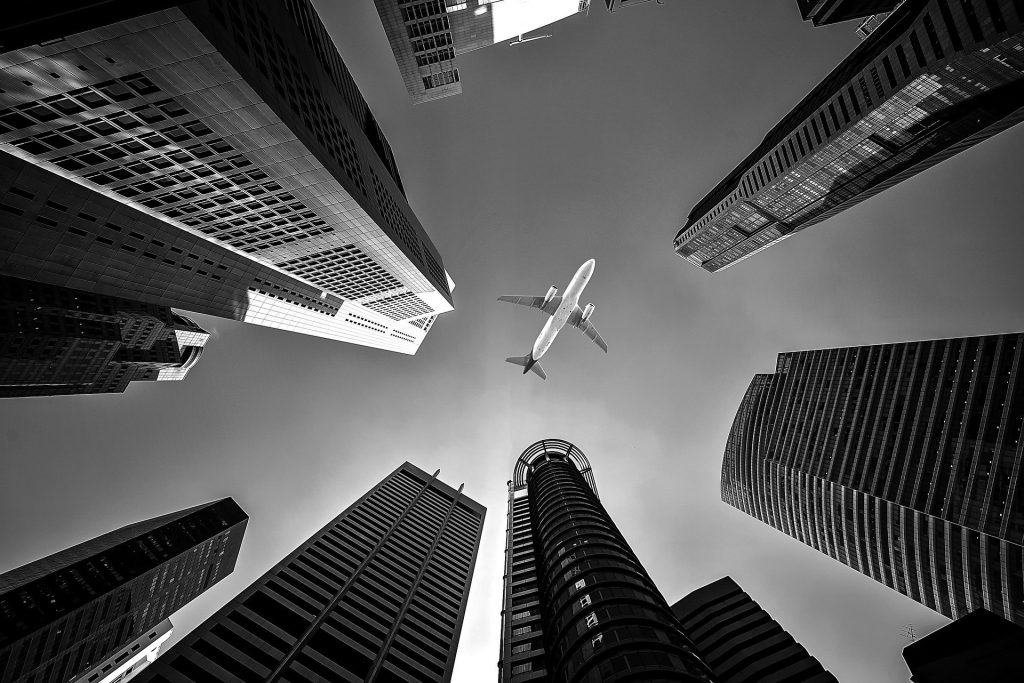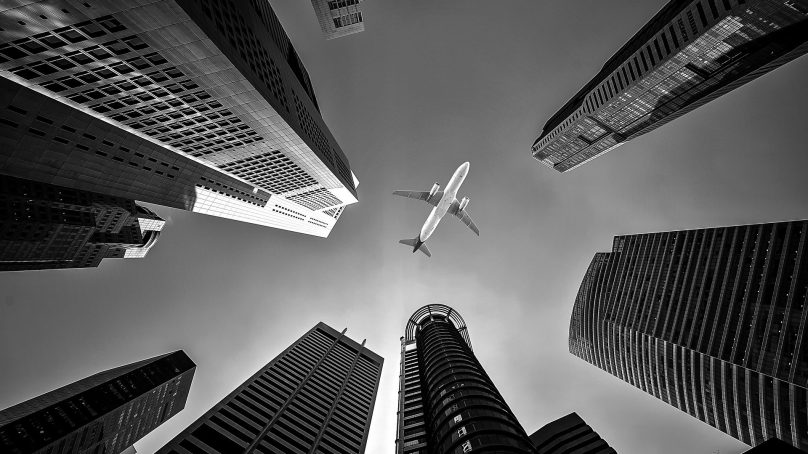 A 60 percent decrease in the number of passengers in 2020 was recorded by the International Air Transport Association (IATA). According to the IATA World Air Transport Statistics (WATS), 1.8 billion passengers flew in 2020, compared to the 4.5 billion who flew in 2019. Industry-wide air travel demand (measured in revenue passenger-kilometers, or RPKs) dropped by almost 66 percent y-o-y.
A 60 percent decrease in the number of passengers in 2020 was recorded by the International Air Transport Association (IATA). According to the IATA World Air Transport Statistics (WATS), 1.8 billion passengers flew in 2020, compared to the 4.5 billion who flew in 2019. Industry-wide air travel demand (measured in revenue passenger-kilometers, or RPKs) dropped by almost 66 percent y-o-y.
On average, there was a USD 71.7 loss incurred per passenger in 2020, corresponding to net losses of USD 126.4 billion in total.
The decline in air passengers in 2020 was the largest recorded since global RPKs started being tracked around 1950.
“2020 was a year that we’d all like to forget. But analyzing the performance statistics for the year reveals an amazing story of perseverance. At the depth of the crisis in April 2020, 66 percent of the world’s commercial air transport fleet was grounded as governments closed borders or imposed strict quarantines. A million jobs disappeared. And industry losses for the year totaled USD 126 billion. Many governments recognized aviation’s critical contributions and provided financial lifelines and other forms of support. But it was the rapid actions by airlines and the commitment of our people that saw the airline industry through the most difficult year in its history,” said Willie Walsh, IATA’s director general.
The Middle East suffered the largest loss in passenger traffic, with a drop of 71.5 percent in RPKs versus 2019, followed by Europe (-69.7 percent) and the Africa region (-68.5 percent).
China became the largest domestic market in 2020 for the first time on record, as air travel rebounded faster in the domestic market following the county’s efforts to control the spread of Covid-19.
The top five domestic passenger airport pairs were all in Asia and outperformed top international routes as domestic recovery returned faster, particularly in China:
-
Jeju – Seoul Gimpo (10.2 million, up 35.1% over 2019)
-
Hanoi – Ho Chi Minh City (5.9 million, an increase of 54.3% from 2019)
-
Shanghai-Hongqiao – Shenzhen (3.7 million, up 43.4% from 2019)
-
Beijing-Capital – Shanghai-Hongqiao (3.6 million, increased by 11.8% from 2019)
-
Guangzhou – Shanghai-Hongqiao (3.5 million, up 41.2% from 2019)
Air freight was a bright spot in air transport for 2020, as the market adapted to keep goods moving — including vaccines, personal protective equipment (PPE) and vital medical supplies — despite the massive drop in capacity from the bellies of passenger aircraft. Industry-wide available cargo tonne-kilometers (ACTKs) fell 21.4 percent y-o-y in 2020. This led to a capacity crunch, with the industry-wide cargo load factor up seven percentage points to almost 54 percent. This is the highest value in the IATA series started in 1990. At the end of the year, industry-wide cargo tonne-kilometers (CTKs) had returned close to pre-crisis values. However, the yearly decline in cargo demand (CTKs) was still the largest since the Global Financial Crisis in 2009, at a sizable 9.7 percent y-o-y in 2020.
The top five airlines ranked by scheduled cargo tonne-kilometers (CTKs) flown were:
-
Federal Express (19.7 billion)
-
United Parcel Service (14.4 billion)
-
Qatar Airways (13.7 billion)
-
Emirates (9.6 billion)
-
Cathay Pacific Airways (8.1 billion)















